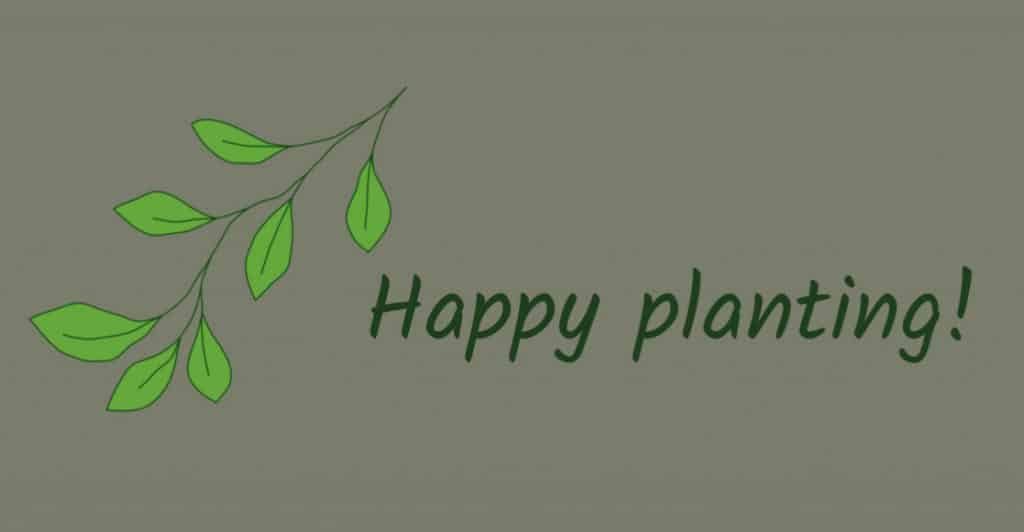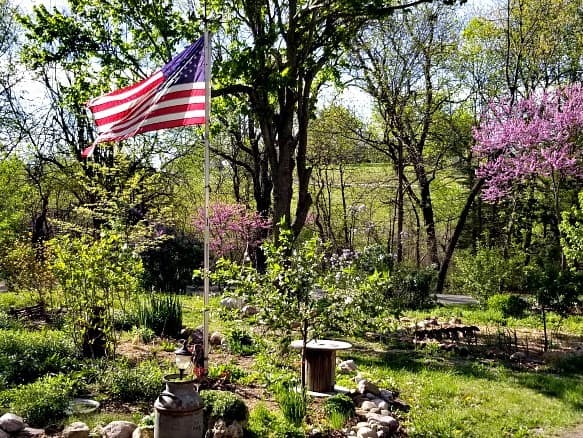Attracting birds to the landscape can be achieved with proper knowledge of the current situation, and how to improve it. If you read last week’s blog, you should have had time to complete an inventory of your landscape’s plants.
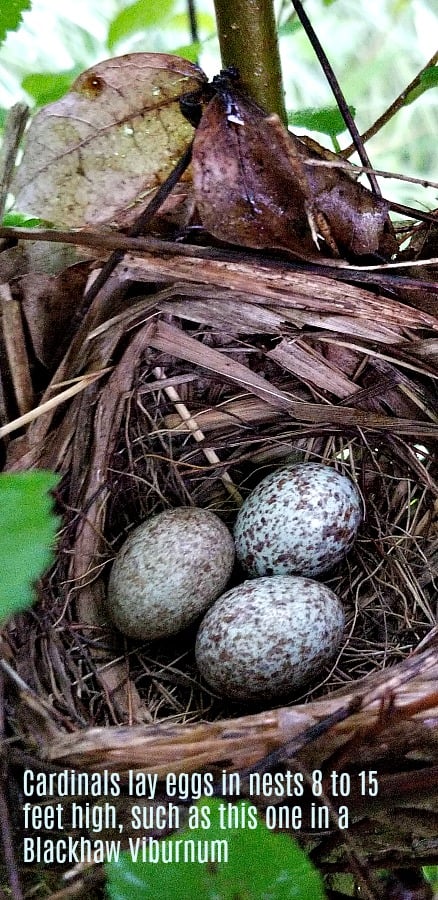
Now we can take a look at some helpful ways to improve the attractiveness of your landscape. Let us look at my landscape inventory.
Below is my landscape inventory, where more than 50 species of birds, including migratory and stationary songbirds, raptors, owls, woodpeckers, and water birds visit year-round. My landscape is in South Brown County, Northeast Kansas.
My landscape Inventory
Trees
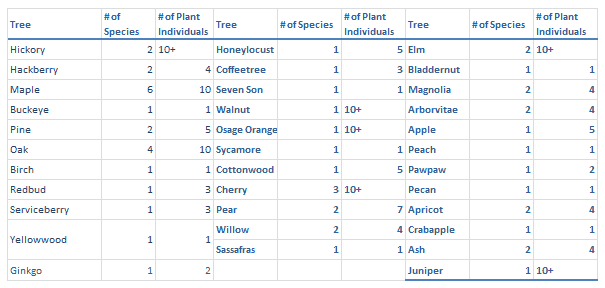
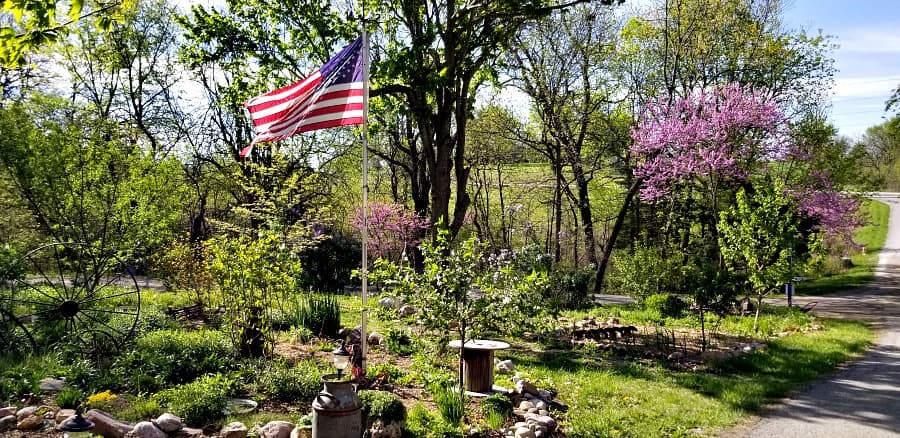
Shrubs

Perennial/Grass Inventory
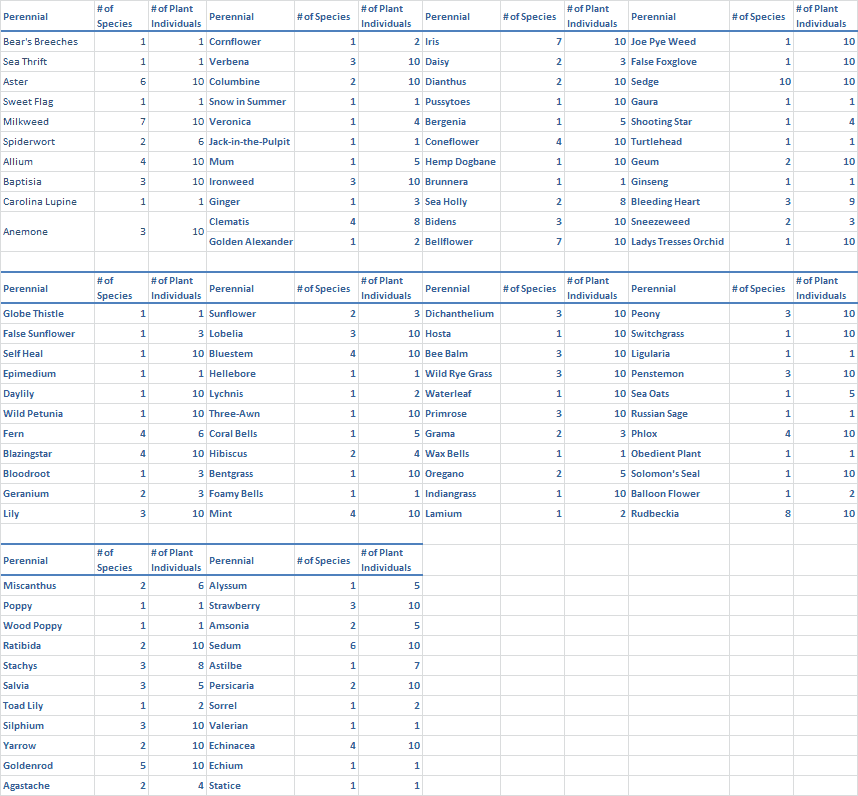
I have over 350 species of plants, 81% of which are Native to North America. This is a great number to have in any landscape.
You can see a large number of native species of trees, shrubs, perennials, and grasses. I have a mixed landscape with shade and full sun, and some remnant oak-hickory forest edges. This is an ideal landscape for birds, but you can achieve what I have through mindful management of your own landscape.
How does a plant inventory help attract birds?
Another way to look at this is by species of lepidotera (butterflies and moths) hosted by the plants in my yard. Since caterpillars of make up the majority of a number of birds yearly diet, the more caterpillars available, the more birds you will have. According to research by Dr. Doug Tallamy, my natives have the potential to support some 5000 species of butterflies and moths.
However, there is some species overlap, so let us say that my 81% native yard supports at least 2000 species of lepidoptera. That is just butterflies and moths. Birds eat other insects too, so a landscape that supports a wider range of insects, including pollinators, predators, and pests, is going to support a large number of bird species
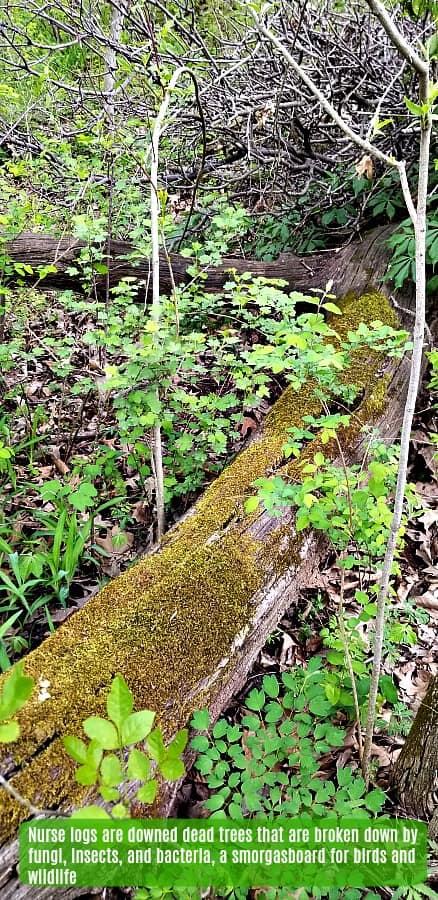
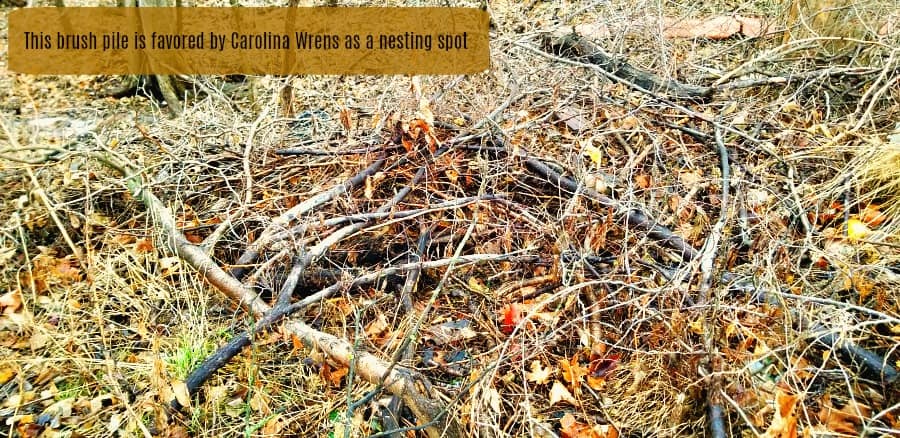
What are some of the things I can do besides adding plants?
One of the most common themes when looking at landscapes that are attractive to birds is: brush piles. Many species of birds including wrens, song sparrows, mockingbirds, nuthatches, and brown creepers prefer to have some brush piles or brushy areas in the landscape for their nesting areas.
While it may seem like an annoyance to have a brush pile in the landscape, it can be managed so that it fits into the overall look. Do not place it near the house as it may also attract rats, mice, snakes, rabbits, and other rodents. Place a brush pile behind a screen of tall shrubs, grasses, or grouping of small trees near the boundary of your land.
What else can I do to my landscape?
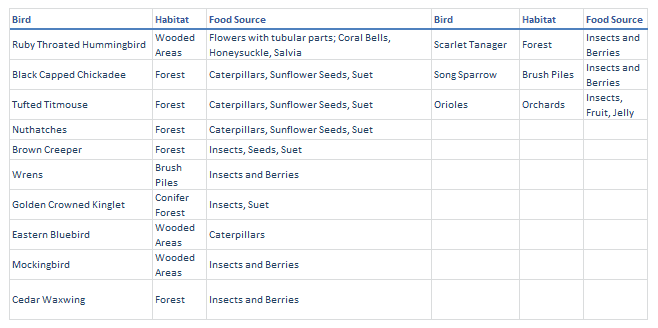
Landscape bed size is a key to diversifying your landscape for birds and wildlife. I would recommend that any bed near the house be at least 8 feet wide if possible, while beds around the perimeter of the property should be at least 12 feet wide for maximum diversity.
To the right is a chart of different bird species and the habitat they prefer. The sources for lots of caterpillars and insects are native trees and shrubs, primarily.

So what plants do I add to my yard to increase diversity?
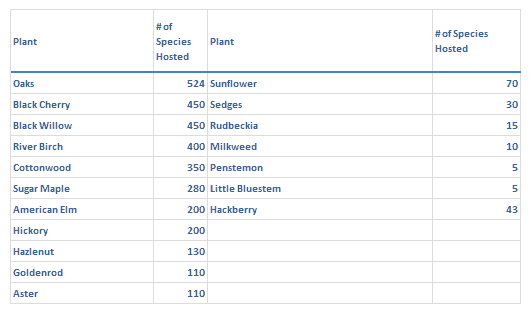
If you need more help adding these into your landscape or revamping your landscape to be more bird and wildlife friendly, please call Grimm’s Gardens today!
